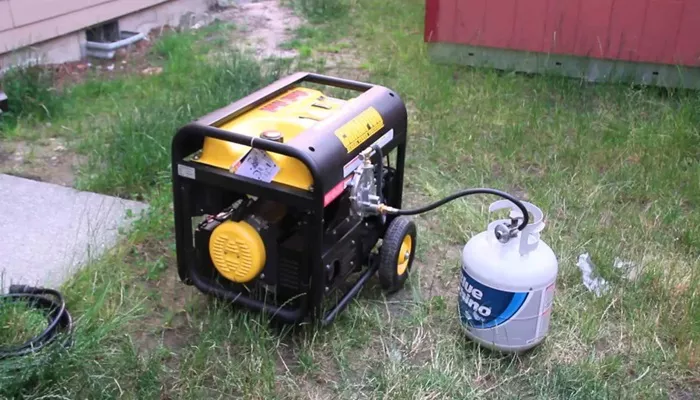Powering your home air conditioner (AC) with a generator is a practical solution during power outages, especially in extreme weather conditions. However, connecting an AC to a generator requires careful planning to ensure safety and efficiency. This guide provides a step-by-step approach, covering electrical basics, generator selection, wiring methods, and safety precautions.
Understanding Electrical Requirements for Home AC
AC Power Consumption Basics
Home air conditioners require significant power to start and run. The two key electrical terms to understand are:
- Starting Wattage: The extra power needed when the AC compressor kicks in (usually 2-3 times the running wattage).
- Running Wattage: The continuous power required to keep the AC operating.
For example, a 5,000 BTU window AC may need:
- Starting Wattage: 1,800 watts
- Running Wattage: 500 watts
A central AC unit (24,000 BTU) may require:
- Starting Wattage: 7,200 watts
- Running Wattage: 3,000 watts
Generator Capacity Calculation
To power an AC, your generator must handle both the starting and running wattage. Add the AC’s requirements to other essential appliances (e.g., refrigerator, lights) to determine the total generator size needed.
Example Calculation:
- Central AC: 7,200W (start) + 3,000W (running)
- Refrigerator: 1,200W (start) + 200W (running)
- Lights: 300W
- Total Required Generator Capacity: At least 8,700W (to cover startup surges).
Choosing the Right Generator
Portable vs. Standby Generators
Portable Generators (5,000–10,000W): Best for small to medium AC units. Require manual setup and fuel (gasoline, propane).
Standby Generators (10,000–20,000W+): Permanently installed, auto-start during outages. Ideal for central AC systems.
Inverter Generators for Sensitive Electronics
If your AC has advanced electronics (e.g., inverter-based compressors), an inverter generator provides cleaner power with minimal voltage fluctuations.
Connecting the Generator to Your Home AC
Direct Connection (For Window/Portable ACs)
- Use a heavy-duty extension cord (12-gauge or thicker) rated for the AC’s wattage.
- Plug the AC directly into the generator’s outlet.
Transfer Switch for Central AC
A manual or automatic transfer switch is required to safely connect a generator to your home’s electrical panel.
Steps:
Install a Transfer Switch: Hire a licensed electrician to wire a transfer switch between your generator and electrical panel.
Prioritize Circuits: Select essential circuits (AC, fridge, lights) to power during an outage.
Start Generator: Turn off the main breaker, start the generator, then switch the transfer switch to “Generator” mode.
Interlock Kit Alternative
A cheaper option than a transfer switch, an interlock kit prevents the generator and grid power from being active simultaneously.
Safety Precautions
Never Backfeed Power
Plugging a generator into a wall outlet without a transfer switch can backfeed electricity into the grid, risking electrocution for utility workers.
Proper Grounding
Ensure the generator is grounded to prevent electrical shocks.
Ventilation
Operate generators outdoors to avoid carbon monoxide poisoning.
Regular Maintenance
Check oil, fuel, and filters before use.
Troubleshooting Common Issues
Generator Overload: If the generator shuts off when the AC starts, reduce other loads or upgrade to a higher-capacity unit.
Voltage Fluctuations: Use a generator with AVR (Automatic Voltage Regulation) for stable power.
Conclusion
Powering a home AC with a generator requires understanding wattage needs, selecting the right generator, and following safe connection methods. A transfer switch or interlock kit is essential for central AC systems, while portable units can be plugged directly into a generator. Always prioritize safety to prevent hazards.
By following this guide, you can stay cool during power outages without risking damage to your appliances or electrical system.

